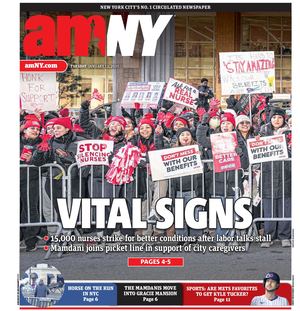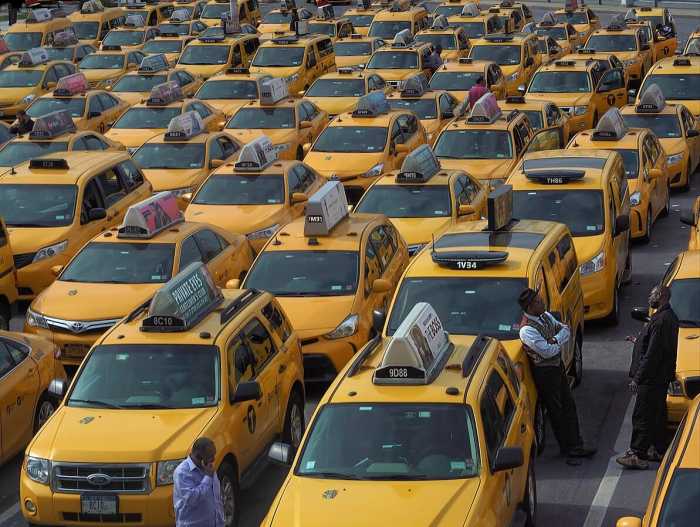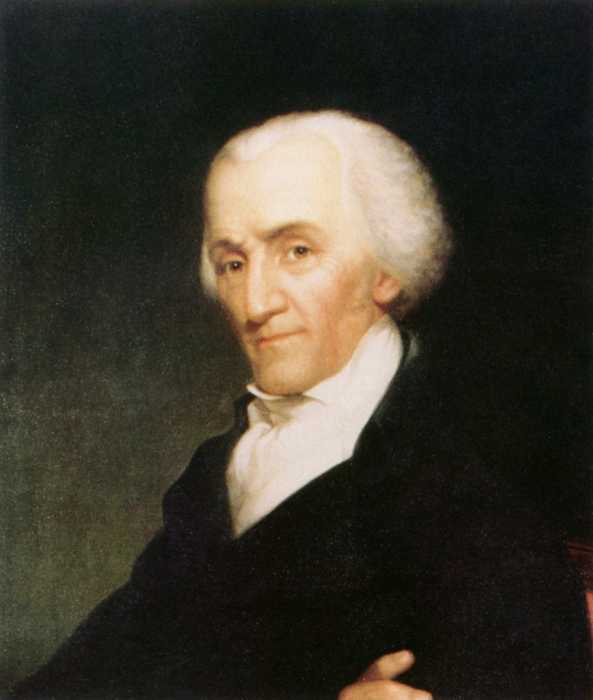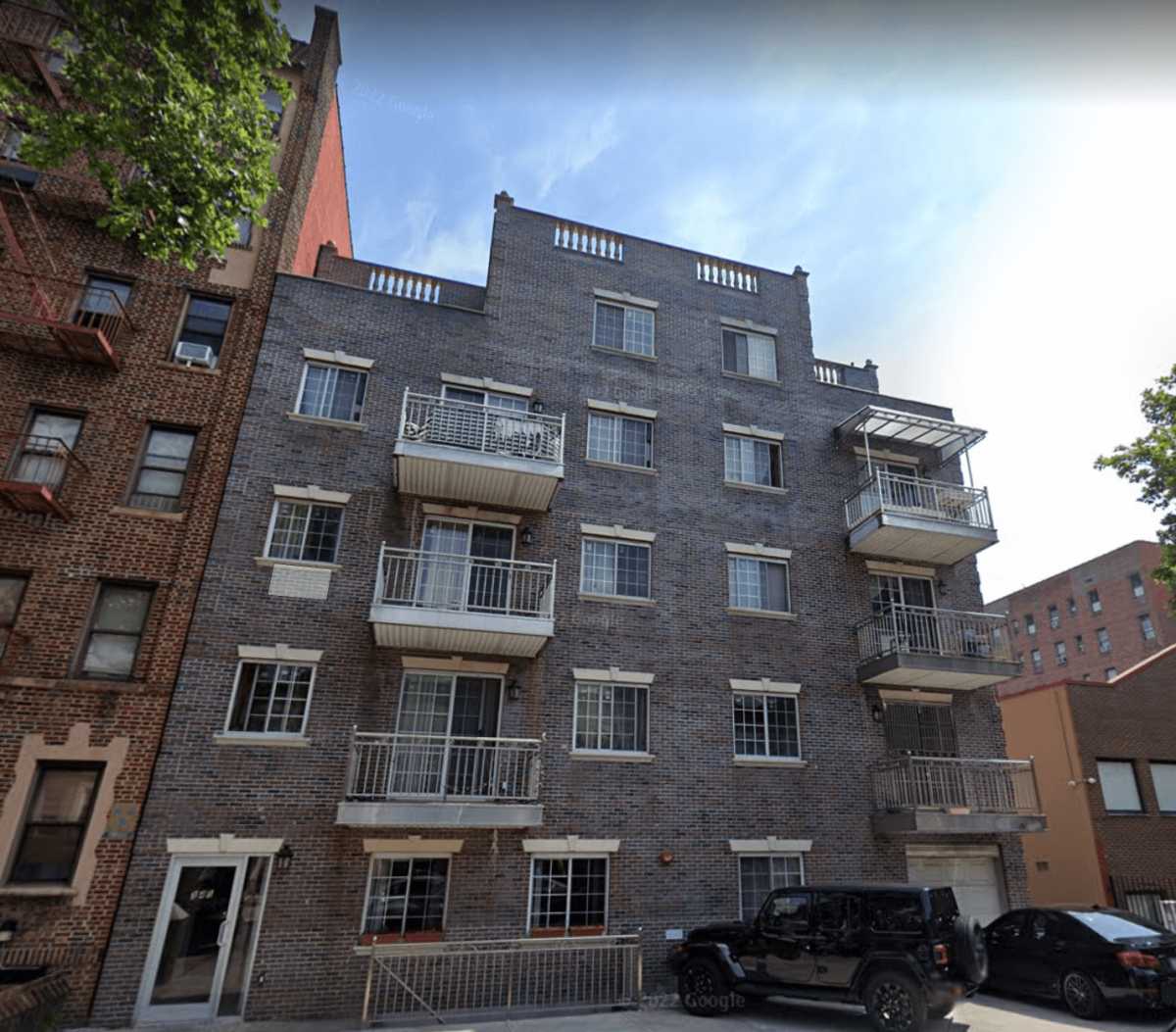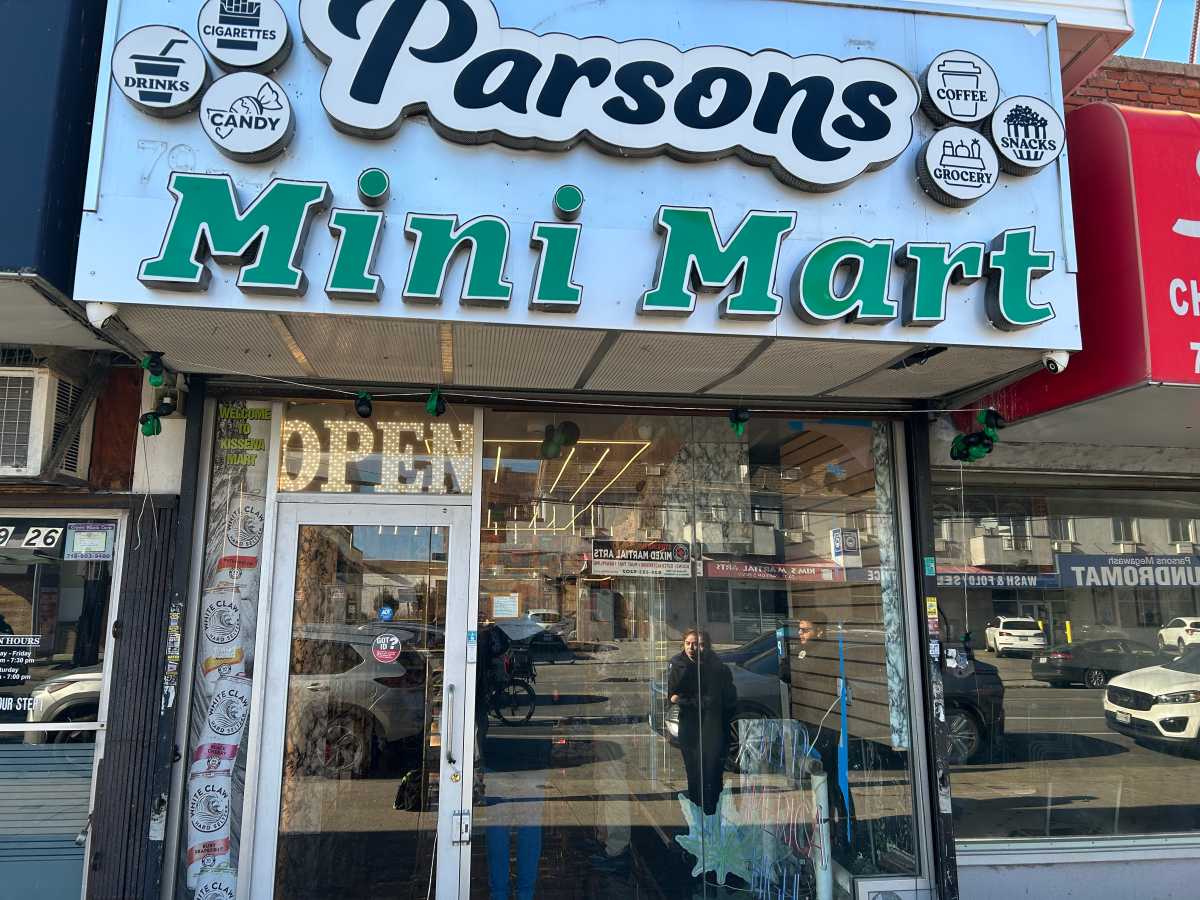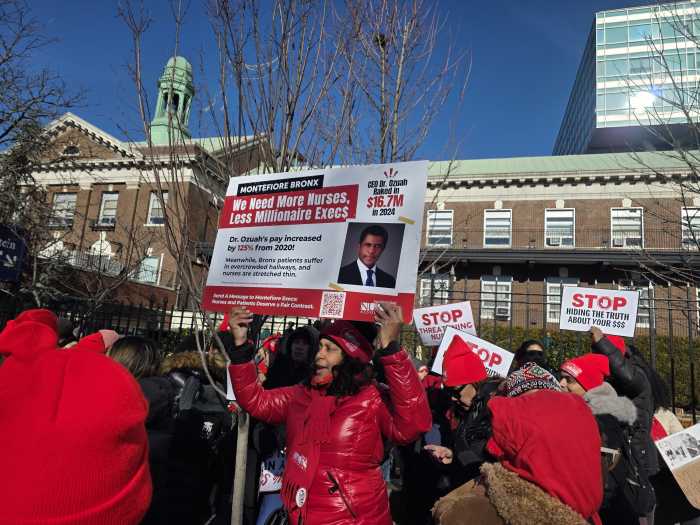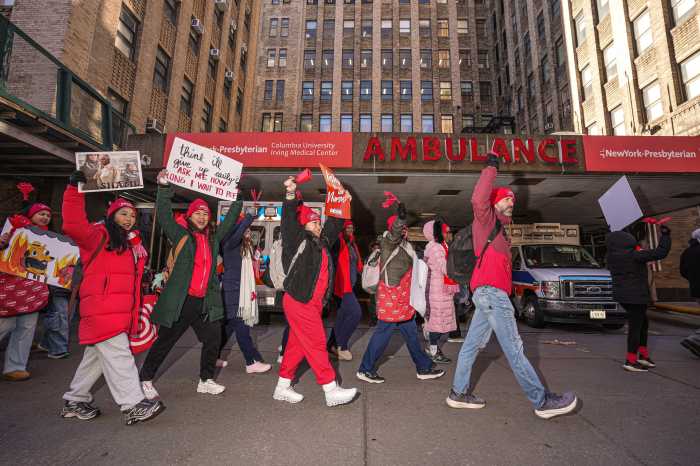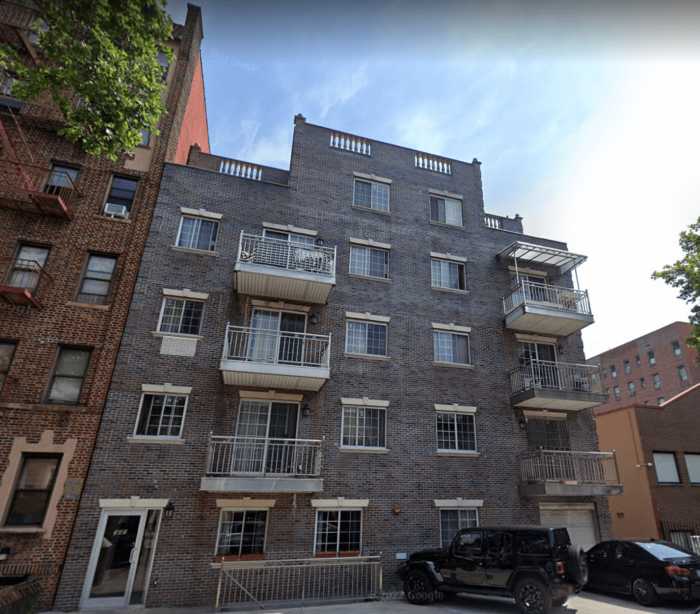Rosemary Ibarrondo left a hurricane-slammed Puerto Rico in October, seeking better circumstances with her disabled partner and their two young kids in New York.
But NYC’s promise ended up being a mirage.
She hit a dead end in the search for housing and received limited help from the city shelter system. With few other options, she accepted what assistance the city offered her family in January: four one-way tickets back to Puerto Rico.
She is one of 62 individuals whose flights to return to Puerto Rico were paid for by New York City since September 2017.
The previously unreported flights were part of “Project Reconnect,” a long-standing program that provides one-way transportation out of the city to people who were seeking shelter in New York. The program operates under the theory that more stable housing might be found closer to support networks. Puerto Rico was a frequent destination even before the storm and some of the 62 individuals had arrived in NYC before Maria.
Transportation like this can end up being less expensive for New York. The 62 flights cost just under $13,000, about $200 per person, according to the Department of Homeless Services. One day alone for someone in a shelter can cost $150.
The concept, however, is at odds with the political preening about the aid New York sent to Puerto Rico, including supplies and emergency workers. The flights are, rather, the inevitable result of New York’s inability to provide housing to disaster victims given the city’s own affordability crisis.
“I don’t want to encourage people to come here if they don’t have some family to turn to. I think we have to be really clear about that,” Mayor Bill de Blasio said in October.
The result is Ibarrondo’s story. Ibarrondo, 27, is no stranger to the city, having lived here as a child and adolescent, but she still faced difficulties. She and her family landed in October and stayed with her sister in Manhattan at first. But that was a tight fit and unlikely to be long-term: Her sister’s landlord — the New York City Housing Authority — only allows guests for up to a year.
So she sought aid at a shelter intake center in the Bronx. That led to a temporary placement in the borough, but according to DHS paperwork provided by Ibarrondo her family was denied a long-term shelter placement in early December “due to other viable housing” — their rental in Mayagüez, Puerto Rico.
That was the finding of DHS investigators, but Ibarrondo did not think the building was “viable” when she left Puerto Rico: she said it lacked electricity and clean water. Even now she says the power is intermittent and the water still dirty.
Perhaps that’s better than some on the hard-hit island, but the viability test underscores the real limits of NYC’s crowded shelter system, where not everyone is allowed full entry. DHS says the eligibility rate for shelter is around 40 percent, a rate that has remained mostly constant dating to former Mayor Michael Bloomberg’s administration.
Casting around for other options, Ibarrondo moved her family to a friend’s NYCHA apartment in Brooklyn, sleeping in the living room.
(In the spirit of why-not-try, Ibarrondo applied for a NYCHA apartment herself. She received acknowledgement of her application but never heard further.)
Later in December she landed funding from the Federal Emergency Management Agency for a Brooklyn Holiday Inn. But that money would be only temporary, too, so she says she went back to the homeless intake in the Bronx to try again for long-term shelter. Instead she was offered the plane tickets back home.
Of Project Reconnect, whose current iteration has been around since 2007, DHS press secretary Isaac McGinn said in part: “There is no one-size-fits all solution to the citywide challenge of homelessness. Project Reconnect is one of the many cost-effective strategies used to help New Yorkers avoid or exit shelter through connections to housing within communities.”
More than 6,750 individuals have utilized the program over the last five years. McGinn says DHS verifies habitability of housing for those applying for Project Reconnect, and is using it now that FEMA support for individuals is drying up in some cases.
It wasn’t all bad for Ibarrondo in New York. She got a free daycare spot for her 4-year-old.
The city’s hurricane service center provided a crib for her eight-month-old daughter and a $25 giftcard from Citibank, she said. But it couldn’t help directly with housing.
“I told them the only thing I want is a place to stay,” she says of the various social service workers. “I just needed a little help for an apartment. That’s it.”
Somehow through all the turmoil she was able to find a job at a clothing store in Brooklyn. That alone was better than job-scarce Puerto Rico, where she’d been looking for work even before the storm. It’s also what she liked about New York: “the opportunity.”
